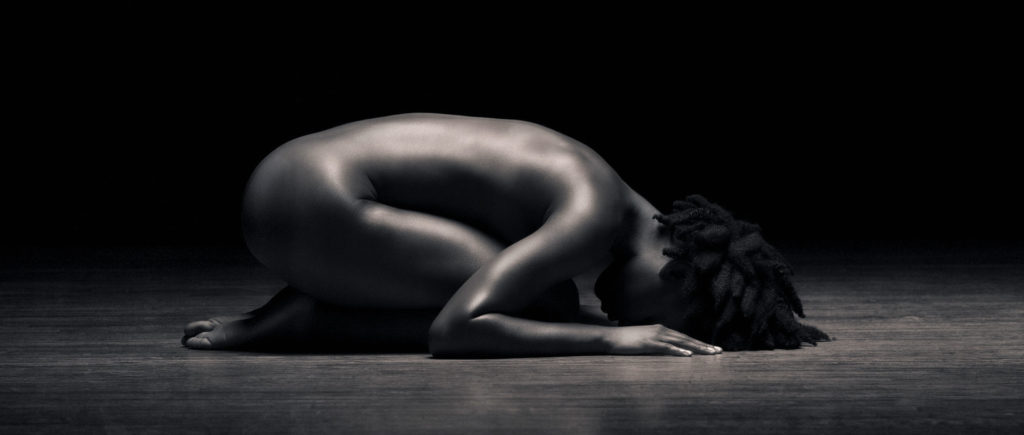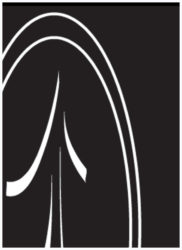 |
|
|
Session 1 |
Ease in breathing is fundamental to a balanced structure. The ribcage works with the head, neck, shoulder girdles, chest and back in bringing space to the lungs. |
|
Session 2 |
Any support rests on a solid foundation. For some the feet are a primary source of pain, for others it is necessary to prepare the lower leg for the changes that will come in the pelvis. |
|
Session 3 |
Lengthening the sides means opening up the space between the lower ribs and the pelvis. The low-back, often a source of imbalance, can find a freedom of movement and a greater sense of ease. |
|
Session 4 |
The core begins at the inner arch and continues up through the pelvic floor along the anterior spine to the head and neck. Session 4 works with the arch, inner leg and pelvic floor to achieve a ‘base’ of support for everything above it. |
|
Session 5 |
Every Rolfing ® session tries to ‘horizontalize the pelvis.’ In session five, we focus completely on this goal by opening the hips and lower belly. New found movement through the pelvis is a wonderfully grounded feeling. |
|
Session 6 |
As the pelvis opens from below and through the front, the Sacrum in the back has started to feel a new sense of potential. This ‘sacred bone’ is really the bottom of the spine and by giving it space, the spine can start to feel longer and more free. |
|
Session 7 |
Now that the pelvis is more settled, we must balance the ‘upper pole’ over it. The head, neck and chest need their own sense of direction and support for the system to feel complete. |
|
Session 8 |
Now that the body is more aligned in gravity, we must give it dynamic balance. We start to revisit areas of particular stress to promote a greater ease of movement across the whole system. |
|
Session 9 |
Motion through the body is best balanced when it crosses to the other side of the body. This ‘contra-lateral’ movement gives fluidity and power to the body. |
|
Session 10 |
The ankles, knees, hips, waist, chest, shoulders and cranium are sections of the body where movement gets restricted. Session ten looks to bring the balance of the series to a close by opening these horizontals and leveling them. |

